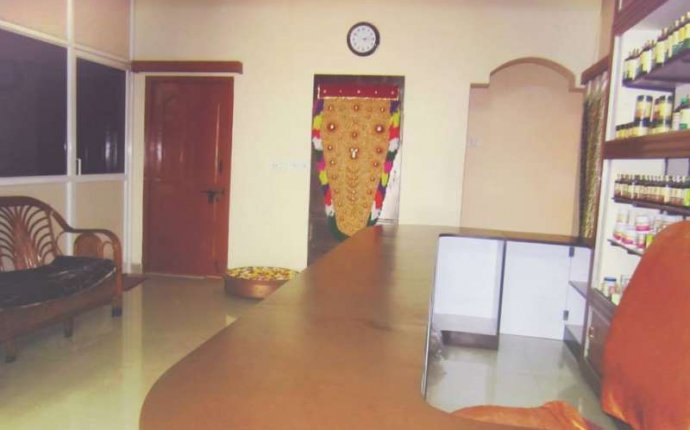
Ayurvedic Panchakarma Centre
What is Panchakarma?
Panchakarma is a set of five therapeutic treatments administered to the patient for the complete detoxification of the body. According to Ayurveda, the detoxification of the body is essential before undergoing any other major treatment. Even for healthy people, it is recommended to undergo this treatment once every five years to rid the body of all the impurities and chemical toxins it accumulates over the years. In some cases, Panchakarma alone can cure many chronic diseases that will not require any further treatments afterwards.
What are the benefits?
Panchakarma removes toxins from the digestive system, bowels, lungs, blood vessels and nervous system. It strengthens the muscles and joints and helps in the hormone secretion of all glands. It improves the appetite, sleep quality, sexuality, concentration and memory. No wonder many people feel like they have a new body after Panchakarma!
Who should follow this program?
Those whole live with constant stress and strain from their work and daily lifestyle, addicts of tobacco, alcohol and drugs, those who have been taking prescription herbals over a long period of time, those who suffer from ailments such as arthritis, rheumatism, chronic digestive problems, constipation, migraines, obesity, insomnia, or just about anybody who feels the need to purify their body.
How many Days should you stay?
Minimum 21 to 28 days for a normal, healthy person. The first day will be dedicated to consultations with the ajarya and rest. The treatment begins on the second day and there will be one or two rest days between phases of the treatment, depending on how well your body is responding.
What is the daily program?
- Daily consultation with our Ayurvedic Ajarya to monitor your health and progress
- Therapy sessions
- Oral Herbal medication
- Ayurvedic diet (which will be decided by the ajarya after consultation)
- Yoga and breathing sessions (1 or 2 sessions per day – optional)
- Meditation (optional)
- Any other activity you choose that does not contradict with the treatment such as taking a brisk walk in the forest surrounding our campus or taking a swim in the river.
The 5 Phases of Panchakarma
1.Purvakarma-the pre-purification preparation
Before the actual detoxification begins, there is a need to prepare the body in prescribed methods to encourage it to release toxins. Two procedures are used for this : Snehana and Swedana.
Snehana is a full-body massage with medicated herbal oils. The oil is massaged into the body in a particular manner in order to move the toxins towards the gastro-intestinal tract. The oil also penetrates the skin leaving the superficial and deep tissues soft and supple, thus helping to remove stress and nourish the nervous system. Snehana is given for 3 to 7 days as indicated.
Swedana is sudation or sweating. It is given every day immediately following Snehana. An herbal concoction may be added to the steam to further loosen the toxins from the body. Swedana liquefies the toxins and facilitates their movement towards the gastro-intestinal tract.
Pradhanakarma-The main Purification process
2. Vamana- Vomiting Therapy
When there is congestion in the lungs causing repeated bronchitis attacks, colds, cough or asthma, the Ayurvedic treatment is therapeutic vomiting. This therapy eliminates the Kapha causing the excess mucus.
3. Virechana -Purgation Therapy
When excess bile (Pitta) is secreted and accumulated in the gall bladder, liver and small intestine, it tends to result in rashes, skin inflammation, acne, chronic fever, vomiting, nausea and jaundice. Ayurveda suggests in these conditions, the administration of therapeutic purgation or a therapeutic laxative.
4. Nasya- Nasal Administration
The nose is the doorway to the brain and also the entryway to one’s inner self. The nasal administration of medicated drops is recommended for an excess of bodily humors accumulated in the sinuses, throat, nose or head areas. They are eliminated through the nearest possible opening – the nose.
5. Basti-Enema Therapy
The predominant location for Vata is the colon. Basti therapy involves the introduction of herbal decoctions and medicated oil preparations into the rectum. It relieves constipation, digestive problems, chronic fever, colds, sexual disorders, kidney stones, heart pains, backache, sciatica and various joint pains. Many other Vata disorders such as arthritis, rheumatism, gout, muscle spasms and headaches can also be treated with Basti.
The above-mentioned treatment plan is the general Panchakarma therapy for a normal healthy person. However, our ajaryas will check your past medical history and diagnose your present health condition before deciding on the correct treatment for your individual needs.














